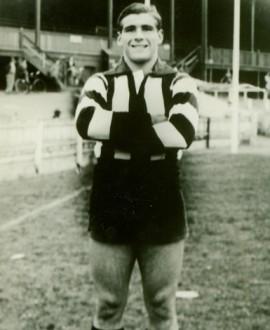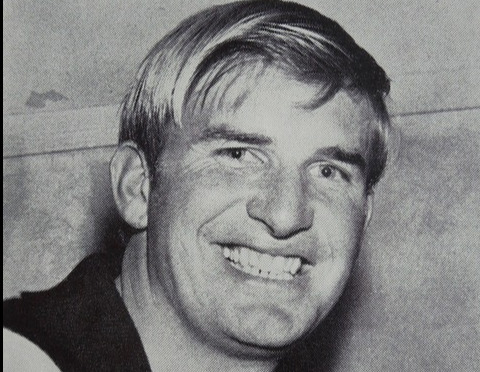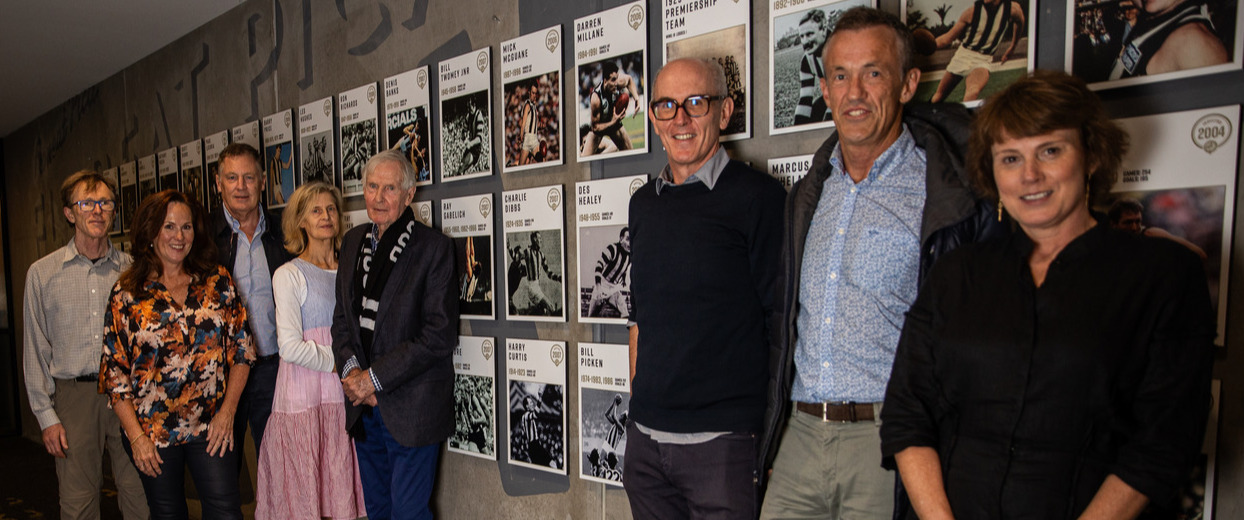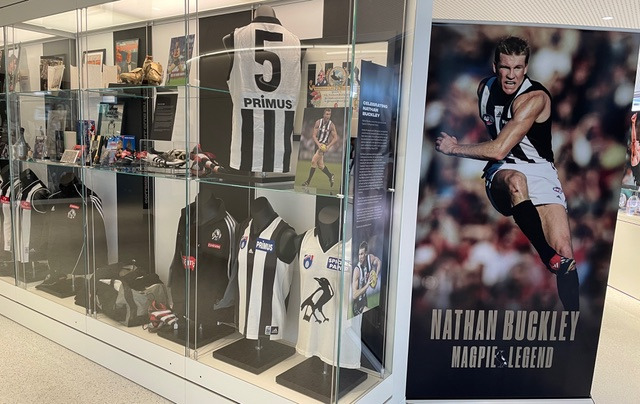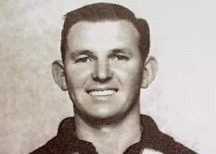Sometimes, in football as in life, familiarity can breed contempt. And it’s not until somebody else shows an interest in what you have that you yourself rediscover its attractions.
That’s the unusual situation Neville Broderick found himself in during the early stages of the 1949 season. By that stage he was just about to enter his fifth season with the Collingwood reserves. He’d played more than 50 games with the seconds, having joined from St Joseph’s in 1945, but not a single senior game. He had just turned 22 and was becoming increasingly frustrated at the lack of opportunities.
Inevitably, other clubs began sniffing around. As The Herald reported early in May that year: “Neville Broderick, Collingwood Seconds centreman, who has never played in a senior game, has been sought by two League clubs in the last week. Fitzroy and Melbourne applied to Collingwood for permission to interview him and both were refused.”
But Collingwood did more than just refuse the interview requests. They immediately promoted Neville to their senior training list. And, lo and behold, that same week he was chosen to make his senior debut against Hawthorn! Coincidence? Unlikely.
The following Monday, The Herald was hailing Broderick’s “excellent debut”. “Promoted from the Seconds, Broderick opened on the half-forward flank where he figured in several prominent moves. When Utting went off at half-time he was switched to the centre and gave a splendid performance. Frequently, after gathering up the Hawthorn knock out, Broderick, kicking equally well with either boot, passed accurately to Mann at centre half-forward. He is a capable stand-in for Bill Twomey.”
The trouble is, that’s largely what he remained – a stand-in. The Magpies tried him in the back pocket, at half-back, on the wing and at half-forward. But he was rarely able to get a look-in at the centre role, where Charlie Utting, Bill Twomey and Bob Rose were all preferred. And he wasn’t as effective in other places as he was in the pivot.
Broderick was an extremely solid, thick-set player who loved being in the crunches around the centre. He was burly and broad-shouldered but also highly skilled, a good kick and he was certainly quick enough for such a strong build. But it was his strength in the contest that was his defining characteristic. It is no coincidence that his best season in football was 1952 – also one of the wettest winters on record in Melbourne. Week after week footy was played in quagmires, and the centre of those grounds was often the worst place to be. But Broderick flourished.
The magazine Sporting Life described him that year as “being built on the lines of a powerful, medium-sized tank.” “He ploughed through the glue-like, vile-smelling mud in the centre and beat opponent after opponent. There was no stopping him and his fine, consistent play was a major factor in [his team] making an appearance in the finals.”
That all sounds great, but the sad fact is that that stellar season came in Fitzroy colours, not with Collingwood. He had grown frustrated again at Victoria Park after failing to nail down a regular spot, totalling 24 games over three seasons – and rarely getting chances in the centre. So initially he looked like taking an offer as captain-coach of Yea, but at the last minute he crossed to the Maroons after starring in a practice match for them. He did so well in that first season there in 1952 that he not only played every game but won his new club’s best-and-fairest and was named in the centre in Sporting Globe’s Team of the Year. It was a stunning effort.
He continued to be a consistent player with the Roys through the next two seasons, but at age 28 was tempted down to Tasmania by a three-year deal to coach Wynyard (along with a decent salary, a house and a choice of jobs). For one who had spent much of his footballing career uncertain of his future, that sort of security must have been a big lure.
At the end of it all, Neville Broderick could look back on 74 games across his two VFL clubs, together with some admirable individual honours – and a reputation as one of the best wet-weather centremen of his time.
- Michael Roberts

